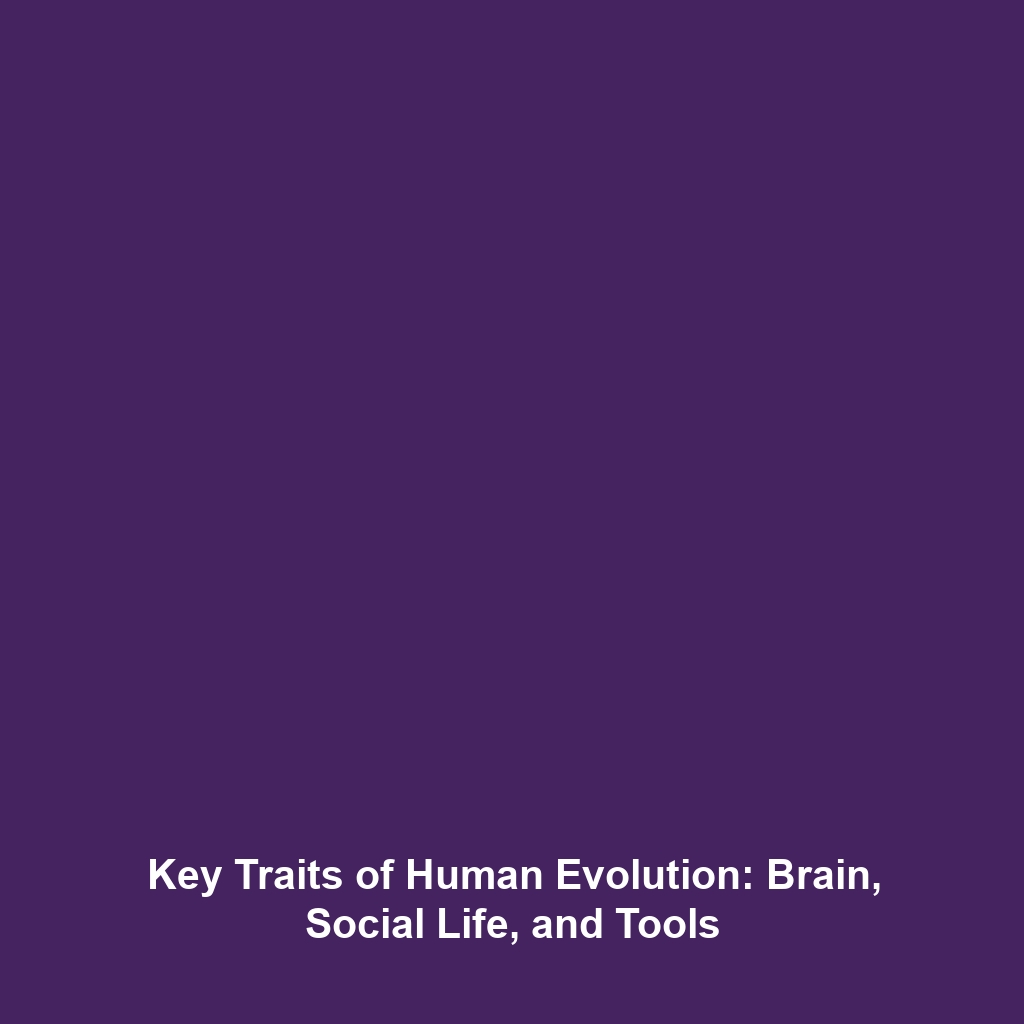Human-Robot Interaction (HRI): Ensuring Smooth Communication between Robots and Humans
Introduction
Human-Robot Interaction (HRI) is a rapidly evolving field focusing on the ways humans and robots communicate and collaborate effectively. As humanoid robots become increasingly prominent in various sectors, the significance of robust HRI frameworks becomes evident. Effective communication between humans and robots is crucial for enhancing productivity and ensuring safety in applications ranging from healthcare to manufacturing. This article delves into the critical aspects of HRI, particularly its role in facilitating smooth communication between robots and humans, thus spotlighting the advancement of humanoid robots.
Key Concepts of Human-Robot Interaction
Understanding HRI
Human-Robot Interaction encompasses various interdisciplinary principles including psychology, cognitive science, and robotics. Key concepts in HRI include:
- Natural Language Processing (NLP): Enabling robots to understand human speech and respond appropriately.
- Social Cues Recognition: Allowing robots to interpret and react to human emotions and body language.
- User-Centered Design: Focusing on creating robots that meet the needs and expectations of human users.
These principles are fundamental in developing humanoid robots that not only perform tasks but also engage with humans in a meaningful way.
Applications and Real-World Uses
The applications of Human-Robot Interaction (HRI) in the domain of humanoid robots are vast and varied. Here are some notable examples:
- Healthcare: Robots like Pepper assist in patient care, providing companionship and monitoring health metrics.
- Education: Humanoid robots like NAO are used as teaching assistants, helping children learn coding and languages.
- Entertainment: Robotics in film and theater, such as lifelike performers, engage audiences through interactive storytelling.
These applications showcase how HRI is pivotal in enhancing the utility of humanoid robots in everyday scenarios.
Current Challenges in HRI
Despite the advancements, there are several challenges associated with Human-Robot Interaction (HRI), particularly concerning humanoid robots:
- Complexity of Human Behavior: Understanding and predicting human behavior can be extremely difficult for robots.
- Ethical Concerns: Issues such as privacy, safety, and the implications of widespread robot assistance in society.
- Technical Limitations: Advanced AI and machine learning algorithms are needed for seamless communication, which are still being developed.
Addressing these challenges is crucial for the future success and acceptance of humanoid robots in society.
Future Research and Innovations
The future of Human-Robot Interaction is poised for remarkable innovations. Areas of focus include:
- Adaptive Learning: Robots that learn and evolve based on interactions with humans, enhancing personalized assistance.
- Emotionally Intelligent Robots: Developing robots that can understand and replicate human emotions effectively.
- Human-Robot Teaming: Improving collaborative problem-solving between teams of humans and robots in various sectors.
These innovative directions promise significant improvements in the effectiveness of humanoid robots and their integration into human settings.
Conclusion
Human-Robot Interaction (HRI) is a vital field that ensures smooth communication between robots and humans, with a profound impact on the development of humanoid robots. The advancements in HRI principles will continue to enhance the functionality and acceptance of robots in various domains. As we move forward, it is essential to support continued research and address the existing challenges to realize the potential of humanoid robots fully. For more detailed insights, check out our articles on robot design and future robotics.






